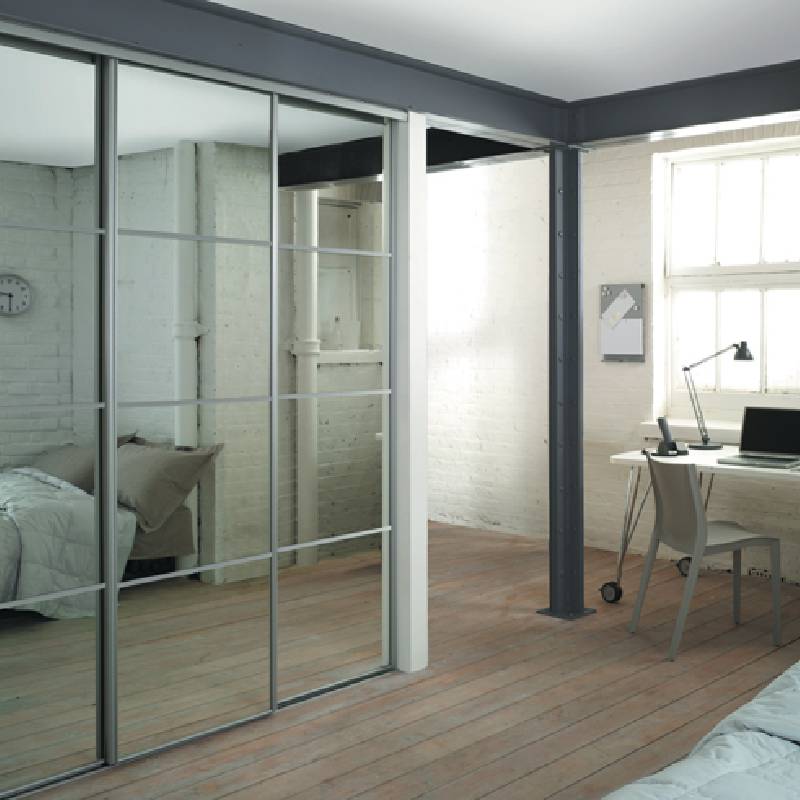

The Allure of Dark Gray Reflective Glass A Modern Architectural Marvel
In the realm of contemporary architecture and design, materials play a crucial role in shaping the aesthetics and functionality of structures. Among the various materials available, dark gray reflective glass stands out as a powerful element, merging style with practicality. This innovative glazing solution has emerged as a favorite choice among architects and designers, offering both visual appeal and tangible benefits.
Dark gray reflective glass is characterized by its deeply tinted surface, which provides a sleek, modern appearance. Its reflective quality not only enhances the glass's aesthetic charm but also adds an element of sophistication to any building. When sunlight hits the surface, it creates an interplay of reflections that can transform the ordinary into the extraordinary, allowing a structure to harmonize with its surroundings while standing out in its own right.
One of the most significant advantages of dark gray reflective glass is its ability to control heat and glare. In an era where energy efficiency is paramount, this type of glass provides a practical solution to the challenges posed by direct sunlight. The reflective coating minimizes solar heat gain, reducing the need for excessive air conditioning and thereby lowering energy consumption. Buildings clad in dark gray reflective glass can maintain a comfortable interior temperature, improving occupant comfort while promoting sustainability.
In addition to energy efficiency, dark gray reflective glass enhances privacy without sacrificing natural light
. The reflective surface acts as a mirror during the day, preventing prying eyes from seeing inside while still allowing occupants to enjoy the beauty of their surroundings. Furthermore, this type of glass is often treated to ensure clarity and transparency, allowing unobstructed views when observed from the inside out. This balance between privacy and openness is a significant consideration in urban environments where buildings are often in close proximity to one another.
Aesthetic versatility is another hallmark of dark gray reflective glass. It can be seamlessly integrated into a variety of architectural styles, from ultra-modern skyscrapers to more traditional structures seeking a contemporary edge. The neutral yet striking hue complements a wide range of materials, including stone, metal, and wood, enabling designers to create harmonious and visually compelling edifices. The adaptability of this glass allows architects to experiment with shapes and forms, giving rise to innovative designs that push the boundaries of conventional architecture.
Moreover, the durability of dark gray reflective glass makes it a wise investment for developers. It is designed to withstand the elements, resisting scratches, stains, and other forms of wear. This longevity translates to lower maintenance costs over time, as the glass remains sleek and functional without the need for frequent replacement or repair. This resilience is especially beneficial in urban landscapes where buildings face pollution and environmental stressors.
Yet, the use of dark gray reflective glass is not without its challenges. While it offers remarkable visual and functional advantages, care must be taken during installation to ensure optimal performance. Proper orientation and placement are essential to maximize its reflective properties while minimizing unwanted heat buildup in certain areas of a building. Additionally, considerations regarding the surrounding environment, such as reflections impacting nearby structures or landscape, must be accounted for in the design process.
In conclusion, dark gray reflective glass represents a captivating blend of artistry and practicality in modern architecture. Its unique combination of aesthetic appeal, energy efficiency, and durability makes it an invaluable material for architects and designers seeking to enhance their projects. As urban landscapes continue to evolve, the use of innovative materials like dark gray reflective glass will undoubtedly shape the future of architectural design, exemplifying the spirit of modernity while respecting the environment. Embracing this material not only elevates a structure's design but also plays a part in fostering a more sustainable future for our cities.